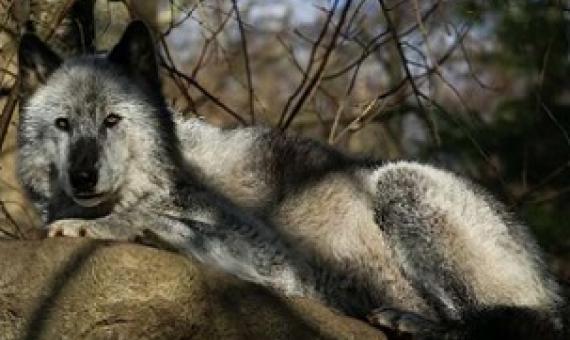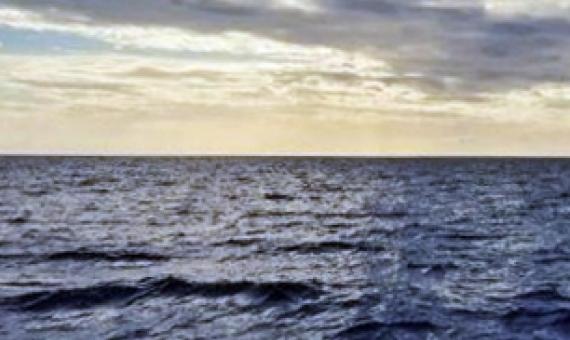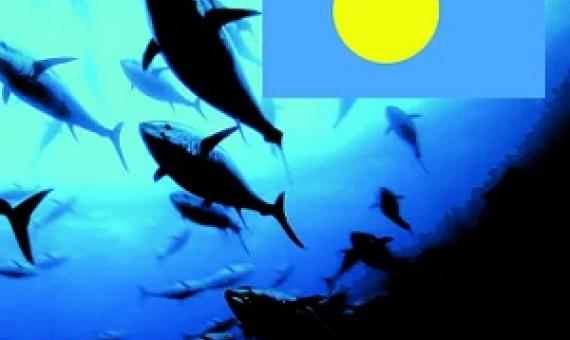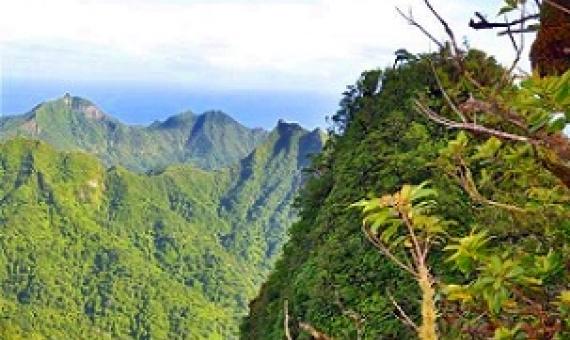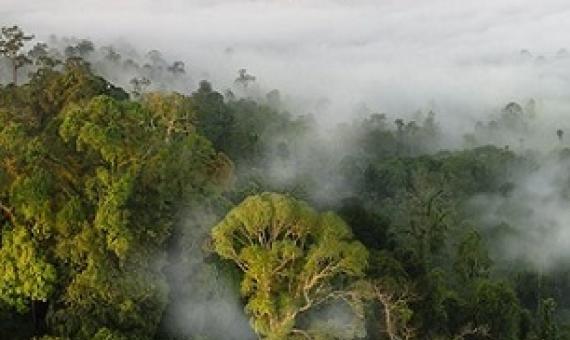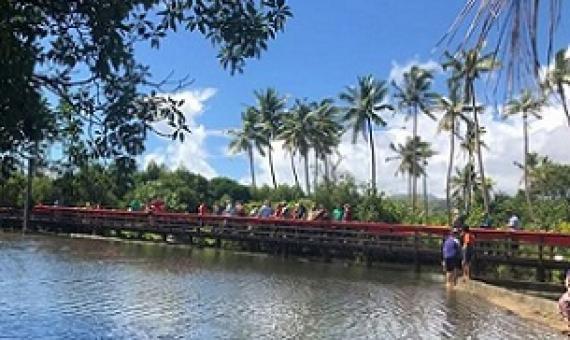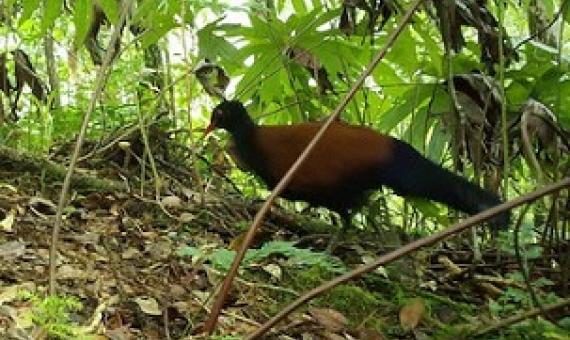Scientists often study the grim impacts of losing wildlife to hunting, habitat destruction and climate change.
A team of researchers at the University of Agder's, Center for Coastal Research, working with a colleague at the Institute of Marine Research, both in Norway, has found that when protected areas for lobsters are established in overfished parts of the sea, the lobsters tend to grow bigger.
Researchers from the Palau International Coral Reef Center (PICRC) have returned from surveying the Palau National Marine Sanctuary (PNMS) using baited remote underwater videos (BRUVs).
The fate of terrestrial biodiversity during an oceanic island volcanic eruption
Volcanic activity provides a unique opportunity to study the ecological responses of organisms to catastrophic environmental destruction as an essential driver of biodiversity change on islands. However, despite this great scientific interest, no study of the biodiversity at an erupting volcano has yet been undertaken. On La Palma (Canary archipelago), we quantified the main species affected and their fate during the 85-day eruption (September–December 2021). Our main objective consisted of monitoring the biodiversity subjected to critical stress during this volcanic eruption.
Governments should embrace the realities of shifting biodiversity rather than "investing in futile efforts to return the natural world to its historic state," a new study argues.
Current trends suggest most Asian countries are unlikely to meet future biodiversity targets on protected areas
Aichi Target 11 committed governments to protect ≥17% of their terrestrial environments by 2020, yet it was rarely achieved, raising questions about the post-2020 Global Biodiversity Framework goal to protect 30% by 2030. Asia is a challenging continent for such targets, combining high biodiversity with dense human populations. Here, we evaluated achievements in Asia against Aichi Target 11. We found that Asia was the most underperforming continent globally, with just 13.2% of terrestrial protected area (PA) coverage, averaging 14.1 ± SE 1.8% per country in 2020.
Researchers found there is no need for policymakers to choose between protecting nature's benefits to people or protecting animal species.
Spillover benefits from the world’s largest fully protected MPA
Previous research has cast doubt on the potential for marine protected areas (MPAs) to provide refuge and fishery spillover benefits for migratory species as most MPAs are small relative to the geographic range of these species. We test for evidence of spillover benefits accruing from the world’s largest fully protected MPA, Papahānaumokuākea Marine National Monument. Using species-specific data collected by independent fishery observers, we examine changes in catch rates for individual vessels near to and far from the MPA before and after its expansion in 2016.
The University of Newcastle has signed an agreement with a Samoan village to enable its students to study and research a mangrove ecosystem.
After 140 years, a lost-to-science pigeon subspecies has been spotted once again on Fergusson Island, off eastern Papua New Guinea.

